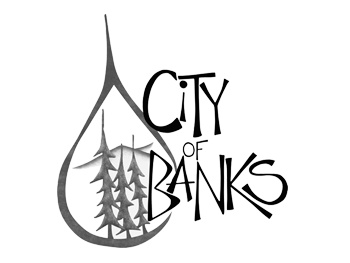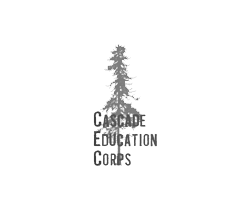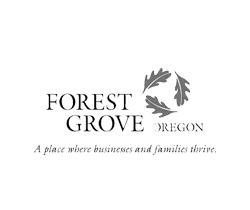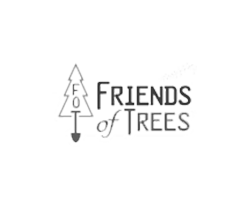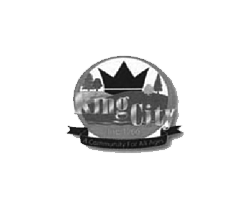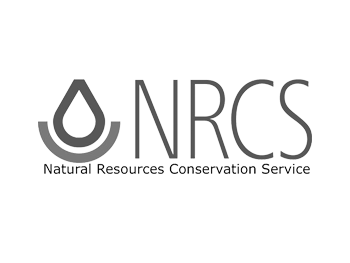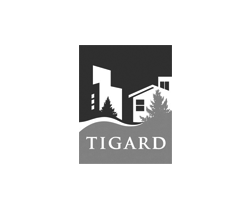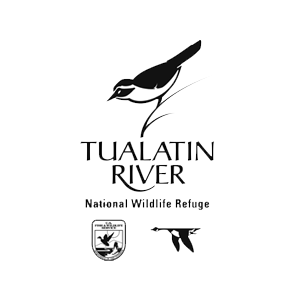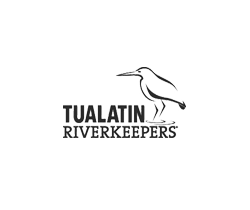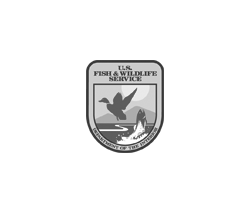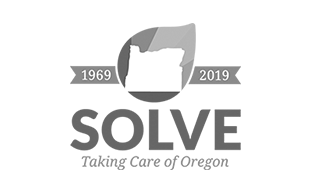Like planting trees and shrubs? Try counting frog and salamander eggs. This winter, volunteers will be visiting parks and natural areas around the region to count frog and salamander egg masses. Each “community scientist” will pull on a pair of waders to gather data about where frogs and salamanders lay their eggs, how many eggs are laid, and which species are present.
Why are we so interested in counting amphibian eggs? They let us know how we’re doing. Monitoring these native species helps indicate the overall wetland health and measure how Tree for All’s restoration efforts are helping wildlife thrive.
Volunteers will track four native amphibian species: Pacific chorus frogs, Northwest salamanders, long-toed salamanders and Northern red-legged frogs. Last year, all four species were found at sites in Sherwood, Beaverton and Hillsboro. This year's monitoring sites will include Cedar Creek-Stella Olsen, Bronson Creek, Fanno Creek, Fernhill, Gales Creek Forest Grove Natural Area, Maroon Ponds, Penstemon Prairie, Rock Creek at PCC, Springville Creek, Tualatin River Farm and Whispering Woods Natural Area.
Amphibians are considered an “indicator species” of wetland health. They require high quality ponds and slow-moving creeks for reproduction, and their larvae are sensitive to pollutants such as pesticides, fungicides, and heavy metals.
Earlier this year, at Gales Creek in Forest Grove, a group of 10 volunteers donned waders and spoons to monitor a five-acre wetland area at Gales Creek in Forest Grove. The wetlands at that location are being restored by Clean Water Services with funds from Oregon Watershed Enhancement Board and support from Metro.
The group found more than 100 Pacific chorus frogs and more than 20 long toed salamander egg masses in the newly established grasses, sedges and rushes in the water. In fact, the group found so many egg masses that they continued to monitor well after the necessary time! The project manager used the data from this community science amphibian monitoring effort to determine what plant species should be added, so that amphibians can attach their eggs to more surfaces during breeding.
In 2017, Clean Water Services, Metro and the City of Forest Grove will collaborate on interpretive signage for the edge of the wetland, along a new trail. The sign will tell the story of the wetland and the remarkable lifecycle of amphibians living within it.
Interested in being a community scientist? Attend a training! Find full details here.


